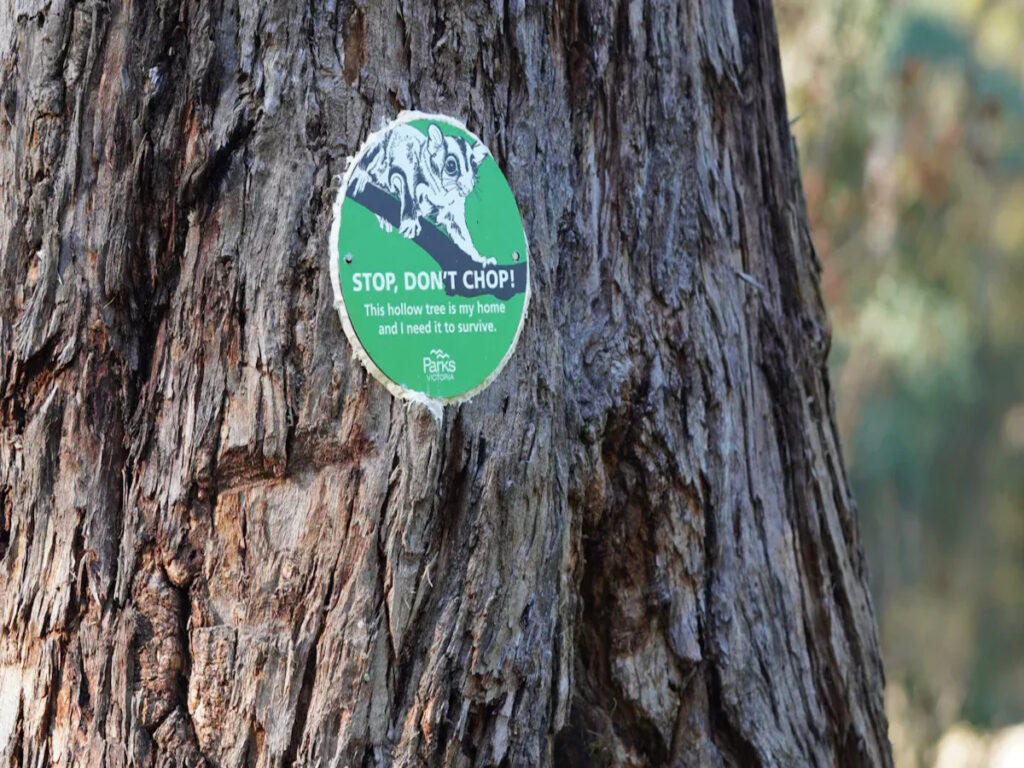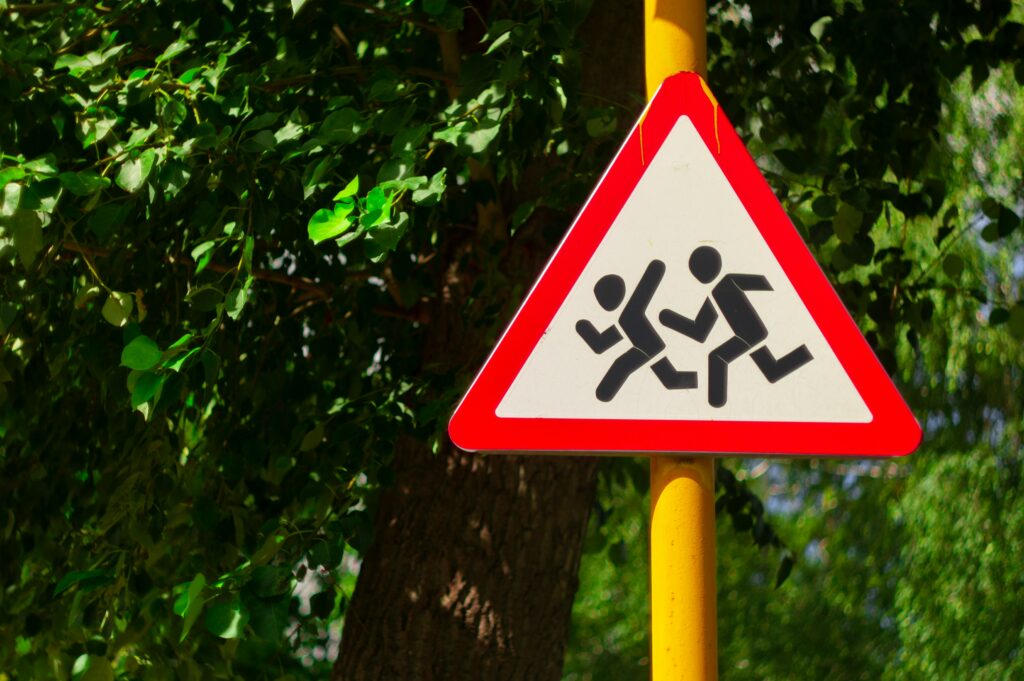
British road safety signage has influenced how road rules are communicated globally. 분명한, simple messages on signs help both drivers and pedestrians make quick, safe decisions. This clarity plays a vital role in reducing accidents and improving overall road safety.
The effectiveness of these traffic signs comes from a combination of strong design, clear legal backing, and cultural awareness. The British approach shows how using plain language and bold graphics can create safer roads for everyone.
To see how this principle is applied in modern road safety solutions, visit OPTRAFFIC for more insights into traffic sign 혁신.
History of UK Road Signs
Early Developments
In the early days, road signs in Britain looked very different from today’s traffic signs. People saw simple boards with words or basic symbols. These signs often confused drivers. Many road signs used too many words or unclear pictures. Drivers sometimes missed important messages like stop or yield. The country did not have a standard way to show one-way or speed limit sign information. Each town could use its own style. This made travel harder and less safe.
Kinneir and Calvert’s Impact
In the 1960s, Jock Kinneir and Margaret Calvert changed the way people saw uk road signs. They created new designs for traffic signs that focused on clarity and safety. They introduced the Transport Medium and Heavy alphabets. These alphabets matched different background colours to help people read signs quickly. Kinneir and Calvert also used a special spacing system with letter tiles. This made sure every traffic sign looked the same and was easy to read. They tested many alphabets and layouts to find the best options. Their work led to better legibility and helped drivers spot stop and yield signs faster. Although no exact numbers show the safety improvement, experts agree that these changes made uk road signs clearer and more useful.
Modernisation and Consistency
After Kinneir and Calvert’s work, the government made sure all road signs followed the same rules. Every traffic sign used the same colours, 모양, 그리고 상징. 예를 들어, stop and yield signs always looked the same across the country. One-way signs used clear arrows and simple words. This consistency helped drivers understand traffic signs even in new places. The use of symbols grew, making it easier for people who did not speak English to follow the rules. Today, uk road signs set a high standard for clarity and safety. People trust these traffic signs to guide them, whether they see a stop, yield, or one-way sign.
메모: Consistent design and clear language in traffic signs help everyone stay safe on the road.
Road Safety Signage Standards

Legal Frameworks
The United Kingdom has very strict rules for road safety signage. Every traffic sign must follow the Traffic Signs Regulations and General Directions (TSRGD). This legal document lists all the approved traffic signs. It also explains how each sign should be used. Local councils must follow these rules when putting up new signs. The law covers stop, yield, and warning signs. It also covers regulatory signs and mandatory instructions. These rules help keep road safety high in the country.
메모: Legal frameworks make sure every traffic sign looks the same and gives clear information. This helps drivers trust the signage and follow the rules.
Design Principles
Good design helps people understand road safety signage easily. Designers use shapes, colours, and symbols to help people spot signs quickly. 예를 들어, stop signs are always red octagons. Yield signs are red triangles. Warning signs often have yellow or red backgrounds with black symbols. Mandatory instructions use blue circles with white symbols. These choices help drivers know what to do, even if they do not read the words.
A table below shows common shapes and their meanings:
| Shape | Meaning | Example |
|---|---|---|
| Octagon | Stop | Stop sign |
| Triangle | Yield/Warning | Yield sign |
| Circle | Mandatory Instructions | Turn left sign |
| Rectangle | Information | Speed limit |
Designers use big letters and simple words. This helps people read signs from far away. Symbols help everyone understand the message. Road signage in the UK uses these design rules to keep roads safe.
Clarity and Simplicity
Clarity and simplicity are very important for road safety. Traffic signs must give clear messages. They use short words like stop, yield, or no entry. Designers do not use long sentences. This helps drivers make quick choices. Road safety signage uses symbols to show actions, like arrows for direction or people for pedestrian crossings.
Traffic signs must not confuse drivers. Each sign gives only one message. 예를 들어, a stop sign tells drivers to stop. A yield sign tells them to give way. Mandatory instructions tell drivers what they must do, like turn left or keep right. These clear messages help stop accidents and keep everyone safe.
팁: Simple and clear signage saves lives. Drivers can react faster when they understand traffic signs at a glance.
Road safety signage in the UK is a good example for other countries. The focus on clarity, design, and legal rules keeps road safety standards high. People trust these traffic signs to guide them safely every day.
Cultural and Linguistic Influences
Bilingual and Regional Signs
Culture and language change how road safety signage looks. In the United Kingdom, some signs use two languages. Wales has signs in both Welsh and English. Some parts of Scotland use Gaelic on their signs. These signs help people from many backgrounds understand the rules. Local areas with strong identities may have different words or designs.
A study used a driving simulator and eye-tracking to test Chinese-English bilingual highway guide signs. Drivers understood signs best with five or fewer place names. If there were more than five names, drivers had trouble. Small fonts and mistakes in English made signs less helpful. This shows that clear bilingual and regional signs are important. Good multilingual signs help people understand and keep roads safer.
Some places use special colours or symbols to show local traditions. These cultural touches help people feel proud of their area. They also make sure everyone knows the rules. Road safety signage changes to fit language and culture. This helps keep all travellers safe.
Soft Language in Road Safety
Soft language changes how drivers react to road safety messages. British signs do not use harsh words. They use polite phrases like “Please drive carefully” or “Caution: Children crossing.” This friendly tone helps people work together.
Research shows soft language makes drivers behave better. The table below shows what studies found:
| Research Aspect | Key Findings | Impact on Driver Behaviour and Road Safety |
|---|---|---|
| Use of PMT Components (severity, vulnerability, self-efficacy, response efficacy) | More effective than standard crash statistics messages, especially for females | Increased intention to comply with speed limits |
| Threatening Messages | Less effective than messages emphasising ability to change behaviour | Lower influence on driver compliance |
| Informative Messages (차선 폐쇄, incidents) | Greatest impact on driving behaviour | Improved driver response to road conditions |
| Emotional Content in Messages | Positive messages recalled more often than negative or consequence-based messages | Positive emotional framing enhances message recall and self-reported behaviour change |
| Cell Phone Use Messages | High recall despite infrequent display | Strong influence on driver awareness and behaviour |
Field tests and surveys found that positive, simple messages helped drivers understand signs. Drivers left more space between cars and did not tailgate in work zones. These results show that soft language in signs helps people drive safely. It does not confuse or stress drivers.
Psychological Impact
Culture and language affect how people feel and act on roads. Multilingual and regional signs help drivers feel welcome and respected. When people see their own language or local symbols, they pay more attention. This trust makes them follow the rules.
Language differences can change how fast drivers react. Simple words in a known language help people decide quickly. Multilingual signs stop confusion and help visitors who do not know the main language. Local designs and words help communities feel included.
Culture shapes how people see road safety messages. Friendly, soft words lower stress and make drivers listen. Positive messages help people remember and change how they act. Multilingual and local signs make roads safer by respecting everyone’s needs.
팁: Road safety signage works best when it uses local culture, soft language, and thinks about how drivers feel.
International Influence of UK Road Signs

Adoption in Other Countries
Many countries use British traffic signs because they are easy to understand. Commonwealth nations like Australia, India, and South Africa have similar signs. These countries like the simple shapes and bright colours. They also use the same warning signs for dangers. British road signs influence how these countries change signs for their own languages and customs. Some places add special symbols or local words to make signs feel familiar. These changes help drivers feel safe and at home. The spread of British traffic signs shows how culture shapes road safety.
Comparison with Other Systems
British traffic signs are not the same as American or European ones. 영국에서, signs use clear pictures and short words. American signs often have more words and different symbols. European countries use more pictures and sometimes other colours. The UK system is special because it uses clear signs and easy warning messages. British road signs do not change much in shape or colour. This helps drivers know what signs mean quickly. The UK’s way of making signs is easy to understand and stands out from others.
| System | Symbols | Words | Cultural Features | Variations |
|---|---|---|---|---|
| UK | 분명한 | Few | 강한 | Few |
| 미국 | Mixed | Many | 보통의 | More |
| 유럽 | Many | Few | Regional | Some |
Effectiveness and Public Response
People trust British traffic signs because they are simple and clear. Studies show drivers do better with signs that match their culture. Using familiar symbols and local words makes roads safer. Drivers in places with British-style signs make fewer mistakes. The cultural parts of these signs help people from many backgrounds. Changes like bilingual signs or local symbols help everyone understand. Warning signs with special touches make drivers pay more attention. People like British traffic signs because they respect cultures and stop confusion.
메모: Culture and careful changes in traffic signs help keep everyone safe on the road.
British road safety signage still changes how other countries make signs. Designers in many places see that culture is important. They notice that symbols and language help people know the rules. Changing signs for local culture makes messages clear. Different cultures pick words and pictures that fit their people. Respect for culture helps drivers trust road signs and each other. Knowing about culture makes driving better for everyone. UK road signs show that understanding culture keeps roads safe. These signs keep safety as the most important thing on every trip.
FAQ
What makes British road safety signs easy to understand?
British road safety signs use clear words and simple symbols. Designers pick bright colours and easy shapes. Drivers can see the messages quickly. This helps keep everyone safe on the road.
Why do some UK road signs use two languages?
Some places in the UK have people who speak different languages. 예를 들어, Wales uses both Welsh and English. Bilingual signs help everyone know the rules and feel included.
How do British road signs differ from American signs?
British signs use fewer words and more symbols. Shapes and colours stay the same everywhere in the country. American signs often have more words and different designs. This makes British signs easier to spot quickly.
Do polite messages on signs really change driver behaviour?
Studies show that polite messages, like “Please drive carefully,” help drivers stay calm. Drivers listen better to friendly reminders. This leads to safer roads and fewer accidents.
Which countries use British-style road signs?
Many Commonwealth countries, like Australia, India, and South Africa, use British-style signs. These countries change the signs for their own languages and customs. The main parts, like symbols and colours, stay the same.


















